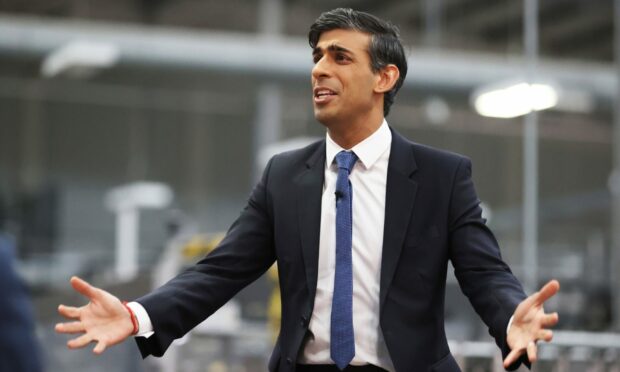Despite a welcome from the science community for the Windsor Framework document on the Northern Ireland protocol clearing the way for the UK to again be part of the EU Horizon science programme there are reports the government could reject joining.
The prime minister, Rishi Sunak, has sought to appeal to his pro-Brexit backbenchers by suggesting the UK might get better value from a more global approach.
This would be a disappointment for agricultural researchers, who have a long track record of working successfully with European research institutions on multi-discipline programmes.
In agriculture, a global approach would bring conflict between UK standards and countries committed to genetic modification as the main driver of progress in crop and livestock breeding.
The EU’s latest trade figures for November show trade growth continued to boom, albeit helped by the inflation in global food prices.
Biggest import increases in 2022
These make trade increases look greater, but the EU remains the world’s biggest agri-trader, with an enviable positive balance of trade gap between imports and exports.
From January to November this was around £50 billion. The figures confirm a surge in EU exports of wheat.
The two main destinations for EU products are the UK and United States. EU exports to these countries increased in 2022 by 21 per cent to the UK and by 13 per cent to the US.
Exports of pig meat, cereals and vegetable oils to China fell while trade with Russia all but collapsed. The three main import sources are Brazil, the UK and Ukraine. The biggest import increases in 2022 were for maize, soya and rapeseed.
The report includes a review of the global meat trade which confirms the growth of poultry and the steady slide in beef consumption.
Beef production is continuing to grow in north and south America and in the face if static demand this means both have a growing surplus to export, with Brazil, not surprisingly, the biggest export player.
Food price index fell for eleventh month in a row
Global food prices fell again in February, confirming that the sting is beginning to come out of a dramatic period of food price inflation, driven initially by the Russian invasion of Ukraine.
The fall in February was modest at below one per cent, but it represented the eleventh month in a row when the United Nations FAO food price index fell.
Prices are now over 18 per cent below their peak in March 2022.
As in previous months the February fall was driven by vegetable oils and dairy commodities. The drop in dairy prices from January to February was a massive single month 2.7%.
Dairy prices are now more than seven per cent down on where they were in February 2022. Price reductions were driven mainly by butter and skim milk powder.
Both were hit by weak demand and poor levels of forward buying, because traders are reluctant to hold stocks on what they believe to be a falling market.
This is a particular issue in Asia, which is a significant source of global dairy demand.

Conversation